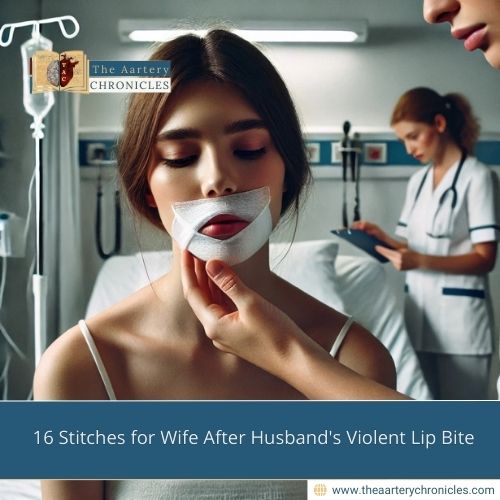

Cancer Risk? The Shocking Truth About Red Dye No. 3
Introduction
A popular food dye, Red Dye No. 3, may soon face a potential ban in the United States. Known for its bright cherry-red colouring, this additive is widely used in candies, drinks, and other products. However, growing concerns over its health effects have sparked debates among lawmakers, health advocates, and regulatory bodies.
What Is Red Dye No. 3?
Red Dye No. 3 is a synthetic colour additive made from petroleum. It is one of nine FDA-approved artificial dyes used to enhance the visual appeal of foods, drinks, and medicines. While it gives products a vibrant red hue, its safety has come under scrutiny.
The dye has been linked to health concerns, including hyperactivity in children and cancer in lab animals. Although there is no conclusive evidence that it causes cancer in humans, its potential risks have prompted calls for stricter regulation.
Growing Push for a Ban
Advocacy groups and public health experts have long urged the FDA to ban Red Dye No. 3. Organizations like Consumer Reports and the Center for Science in the Public Interest have petitioned for its removal from the FDA’s approved list of additives. These groups argue that the dye serves no nutritional purpose and may pose unnecessary risks.
Lawmakers are also taking action. During a recent U.S. Senate hearing, FDA Deputy Commissioner for Human Foods Jim Jones revealed that the agency is reviewing a 2022 petition to revoke the dye’s approval. Jones stated that a decision could come in the next few weeks.
How Is Red Dye No. 3 Regulated?
Currently, the FDA permits the use of Red Dye No. 3 in specific food and drug products, with limits on the amount allowed. Labels must list it as an ingredient. However, the dye has been banned in cosmetics and topical drugs since 1990 under the Delaney Clause, which prohibits carcinogenic additives in such products.
The inconsistency in regulations has puzzled many. Advocates argue that if the dye is unsafe for external use, it should not be allowed in food and medicine.
International and State-Level Actions
While Red Dye No. 3 remains legal in the U.S., it has been banned in the European Union for years. More recently, some U.S. states have taken steps to restrict its use.
- California became the first state to ban its sale and distribution in 2023 as part of a broader law targeting harmful food additives.
- Illinois and New York have proposed similar bans, while other states like Maryland and New Jersey are considering legislation.
These state-level efforts reflect a growing awareness of food safety, though critics argue they could create a confusing patchwork of regulations.
Industry Resistance
The food industry has pushed back against calls for a ban. Groups like the National Confectioners’ Association claim that such measures undermine the FDA’s authority and could increase food costs. They argue that decisions about food safety should be based on scientific evidence, not public pressure.
What’s Next?
The FDA’s decision on the petition to ban Red Dye No. 3 could set a significant precedent for how artificial additives are regulated in the U.S. As the holiday season approaches—a time when brightly coloured treats are popular—concerns over the dye’s safety are likely to remain in the spotlight.
The debate highlights the balance between enhancing food aesthetics and ensuring public health. Regardless of the outcome, it underscores the need for transparent and evidence-based food safety regulations.
Source: Inputs from various media Sources









